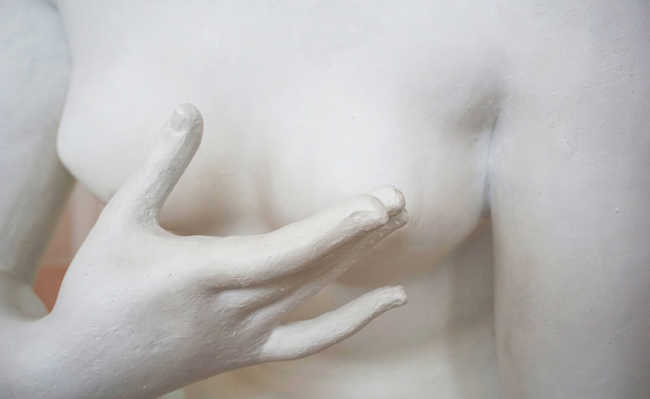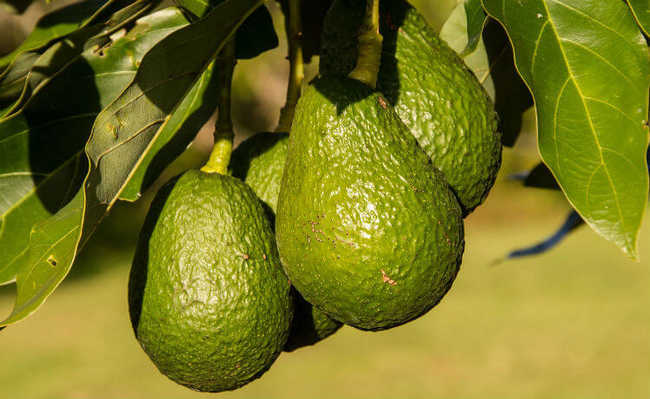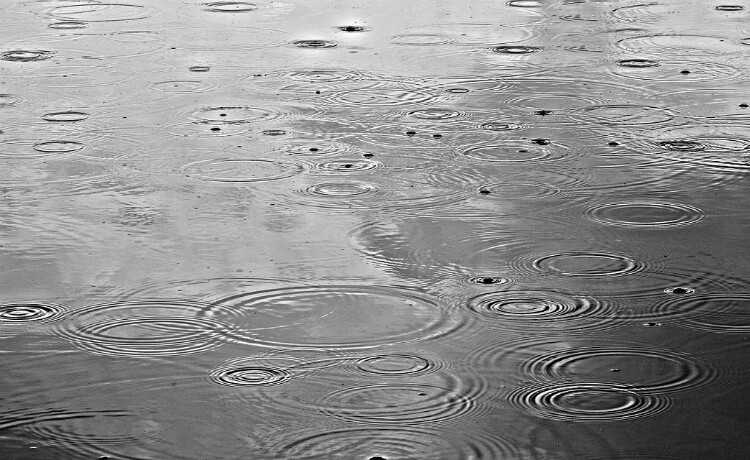Five-step homemade skin cleansing
Check out some recipes for cleaning your skin at home

Edited and resized image from The Creative Exchange is available on Unsplash
Home cleansing is a good practice to keep the skin of men and women healthy. Skin care should be done daily, taking into account each person's skin type. But daily surface cleaning does not eliminate all the dirt that accumulates in the facial pores over time, especially for residents of big cities. So, to get rid of the pollution that gets on your face, it's important to do a deep cleanse from time to time.
We've put together some tips for you to clean your skin at home, without having to spend on beauticians or industrial cosmetics, which contain products that harm both our body and the environment, such as parabens, phthalates and plastic microspheres.
- Substances to avoid in cosmetics and hygiene products
- Spots on the skin? Check out natural tips for the problem
The five steps to a complete homemade skin cleanser:
1. Skin surface cleaning
Similar to that done every day. Prefer to use natural soaps, always suitable for your skin type.- What constitutes soaps?
In this step, you can already use homemade resources for cleaning, such as cleaning with cucumber. Cut cucumber slices of about 1cm and pass over the face carefully. Leave it on overnight and wash it off in the morning with cold water. This method can be used every day, always before bed. For everyday use, you can also make homemade, natural make-up remover.
- Coconut oil: benefits, what is it for and how to use it
2. Opening the pores
This is a fundamental step in any skin cleansing, as it is through the opening of the pores that it will be possible to remove the deepest impurities from the skin. In the homemade technique, this step can be done with the steam of some herb that helps to open the pores and keep the skin calm, such as mint, thyme, basil or chamomile. Or even with a drop of essential oil from some of these herbs. But remember: you need to use essential oils in small amounts as they are highly concentrated.
Bring three tablespoons of thyme or 50 mint leaves to a boil along with a liter of water (or a drop of one of the essential oils from the herbs mentioned above). Wait for ten minutes to boil, turn off the heat and bring your face close to the steam, taking care not to burn yourself. If you find it too hot, allow it to cool down a bit before moving closer. To speed up the process, you can cover your head with a towel to prevent the steam from dissipating too quickly. Wait five minutes and then dry your face with a clean towel.
- Benefits of mint and its tea
- Thyme: know how to use it and enjoy its benefits
- Basil: benefits, how to use and plant
- Chamomile tea: what is it for?
- What are essential oils?
3. Exfoliation
A homemade exfoliation, in addition to being more natural, still preserves the environment of the plastic microspheres present in common exfoliants. Sugar is a powerful ingredient for home-based scrubs. You can make from sophisticated recipes, like this one with brown sugar, coconut oil and vitamin E, to more basic options like mixing a tablespoon of brown sugar with two tablespoons of honey.
Then just mix it until it forms a paste, apply it to the face with gentle circular movements and let it act for two minutes. Rinse with plenty of water.
You can also do an exfoliating cleanser with moisturizing soap. Use a teaspoon of salt, three tablespoons of coconut oil, four drops of liquid facial soap and a teaspoon of brown sugar. After mixing, apply the mixture to the slightly damp face and make light circular motions on the skin. Right after that you can rinse with ice water.
But be careful! As the skin on the face is more sensitive, the ideal type of sugar for an exfoliation in this area is brown, which is much softer than the others. Refined sugar is rough and therefore should only be used to exfoliate areas of the body with thicker skin - on the face it can leave the skin rough or scratched. Crystal sugar, which is very rough, should not be used for aesthetic purposes. The ideal is to consult a doctor or a doctor before any exfoliation to find out what type of sugar and the ideal proportion for your skin, as each type of skin has its own behavior.
- Exfoliation has many benefits for the skin, but it needs to be done with natural products
4. Deep skin cleansing
After the exfoliation, it's time for a new cleaning, this time deeper. If you like, you can squeeze blackheads and pimples, but be careful not to hurt the skin, which can cause blemishes. A good natural option for cleansing the skin is to use a mixture of turmeric with pineapple juice. Despite its color, turmeric has strong antiseptic properties - so it needs to be used with caution, three times a week or less if your skin is sensitive. Mix a tablespoon of turmeric with a few drops of pineapple juice to form a paste. Apply to face and neck skin and allow to dry completely, then remove and wash face thoroughly with cold water.
You can also massage your face with a mixture of 100g of ground or home-processed demerara sugar (just put it in a blender for a few minutes), a teaspoon of olive oil and a teaspoon of coconut oil. Blend everything in a blender and apply to the skin of the face, massaging it calmly. Let it act for at least 20 minutes and then wash it off with warm water.
- Demerara sugar: what it is and its benefits
- How to make a natural skin cleanser with two ingredients
5. Toning
Finally, it's time to tone up your skin so it stays hydrated and recovers from exfoliation and deep cleansing. You can use a thermal water or some homemade mask. A simple recipe takes two tablespoons of finely flaked oats, half a tablespoon of coconut oil and three tablespoons of chamomile.
Add all the ingredients, mix and rub on the face. Leave to act for 20 minutes and then remove. This mask works great for people with mixed skin.
Another recipe takes an egg yolk, a tablespoon of honey, half a cup of plain yogurt and half a tablespoon of all-purpose flour. Mix all the ingredients until you get a smooth paste, soak cotton in the mask and apply it to your clean, dry face. Wait 20 minutes and rinse your face with running water.
Natural yoghurt can also be mixed with oatmeal only - at the rate of three tablespoons of liquid for each spoonful of flour. The application mode is the same as the previous recipe and the waiting time must be 15 minutes. Then just rinse.
Okay, now your skin is free of those little black dots! Just don't overdo it, the ideal is to do a thorough cleansing at most once a month, depending on your skin type. Always consult a dermatologist before any more aggressive procedure and don't forget to protect your skin from UV radiation. The daily use of sunscreen prevents blemishes on the face and prevents premature aging of the skin. If you want to escape the industrialized protectors, avoid the peak hours of the sun and get to know the buriti oil.










